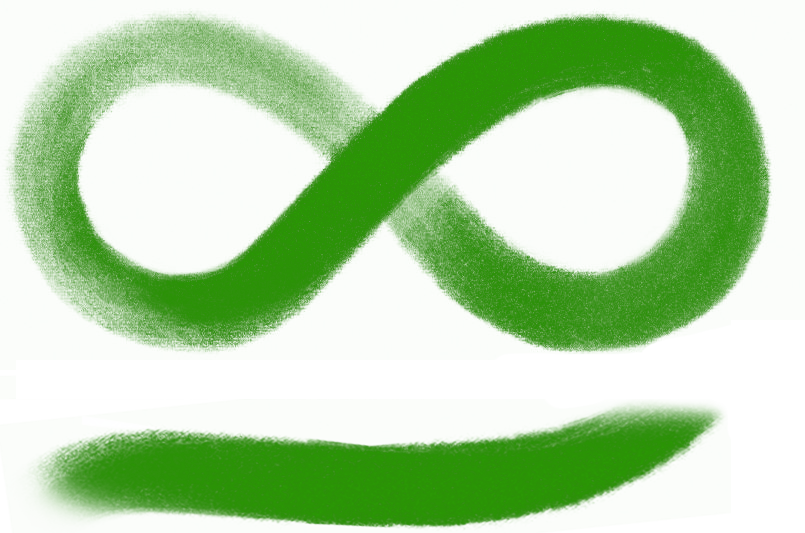Learning Disabilities and Difficulties
If there is a main specialty that is part of the basic N.O.T protocol, it is addressing of children and adults with learning disabilities/difficulties. A host of learning disabilities/difficulties can fall under the umbrella of:
- Dyslexia
- Pervasive Developmental Disorder
- Specific Learning Difficulties
- Suppression of Left Brain Activity
- Traumatic Brain Injury
- ADD
- ADHD
- Autism
- Cerebral Palsy
- Down's Syndrome
Think of the brain as a receiver, processor, and organ that outputs information, similar to that of a TV/monitor. When the signal (information coming in) is of good quality, the results of the TV picture will be clear and of good quality providing the signal is properly received and processed. When the signal is not properly and optimally received and processed, a problem occurs resulting in a fuzzy picture. N.O.T. will give the practitioner the protocol and procedure to fine-tune the picture on the TV so that the signal not only can be received, but also processed at an optimal level. N.O.T. creates the proper physical environment that exists between the brain, the skull, the surrounding musculature, and other areas of the body so that the individual can receive the incoming signals from the environment.
When addressing learning such disabilities/difficulties, N.O.T. bases its approach on the concept that the bones of the skull are restricted in their normal respiratory motion.
Some factors that produce learning disabilities are as follows:
- Physical Trauma: (blow to the head, birth process, sports injury etc.). This could be categorized as a cranial injury.
- Chemical Trauma: (allergies to food, substances, inhalants, drugs utilized during childbirth, vaccines, etc.).
- Heredity Factors
The bones of the body carry electromagnetic lines of force, including the skull bones. Contrary to some beliefs, the cranial bones move in a collective rhythmic and synchronous pattern. This movement helps to pump the cerebral spinal fluid, which also carries an electrical charge up and down the spinal cord, as well as bathing the three outer layers of the brain. If these skull bones are restricted in movement, parts of the brain are subject to unequal pressures. The average person, resting, breathes in and out about 1200 times per hour. Therefore, the vast majority of cognitive issues are caused by the resulting physical manifestations, largely the abnormal movement of cranial bones during normal respiration.
Additionally, the interruption of normal cranial rhythm can affect the passage of the twelve pairs of cranial nerves. Their path can become torturous, affecting many functions of the head and body.
One such cranial bone, specifically the Sphenoid, is considered to be the "driver" of all cranial bone movement. The Sphenoid, a winged-shaped bone as its name implies, makes up a portion of the internal floor of the skull, has the ability to move in multiple directions. Its position within the skull places it in direct contact with all seven other major cranial bones, thus influencing their respiratory motion and subsequent position(s).
When a trauma occurs, muscles of the head, neck, and jaw can become hypertonic. Over time, if the mechanism does not release and go back to its natural tonic state, an alteration in the rhythmic movement of the Sphenoid and its associated skull bones will occur. When the neurological program created by the trauma does not disengage, the muscles of the head and neck will remain in a hypertonic state, causing the skull bones to remain misaligned and fixed. This fixed state causes positional and functional faults within the normal and the primary motion of the Sphenoid, resulting in the following:
- An explicit alteration in the electromagnetic fields of the skull
- Abnormal displacement of both hemispheres of the brain
- Increased tension of the outer covering of the brain (Dura Mater)
- Alteration of the brain's processing functions (vestibular spinal tract and other areas of the brain)
The Sphenoid is initially pulled by muscular contraction into a descent pattern that usually results in a tilted fixed position. The descent occurs straight downward and then may favor a tilt to the left side. Remember the Sphenoid is supposed to be level.
All this means that the left side of the brain that pertains to analytical, logical word processing, and the comprehensive functions is being "squeezed" and therefore unable to work optimally. The aberrant movement of the skull bones can also affect the flow of cerebrospinal fluid creating an additional change in the electromagnetic balance of the brain and subsequently the body.
Remember, the brain transmits impulses in a biochemical fashion. The altered positions and movements of the cranial bones will greatly influence how the brain receives, processes, and then ultimately expresses the information. By adjusting the cranial bones and reducing the associated muscle tension of the skull, jaw and neck, the individual can now receive and process the auditory (hearing) and visual (seeing) information coming at optimal levels.
If you have any questions about addressing learning disabilities, please fill out the form below.
